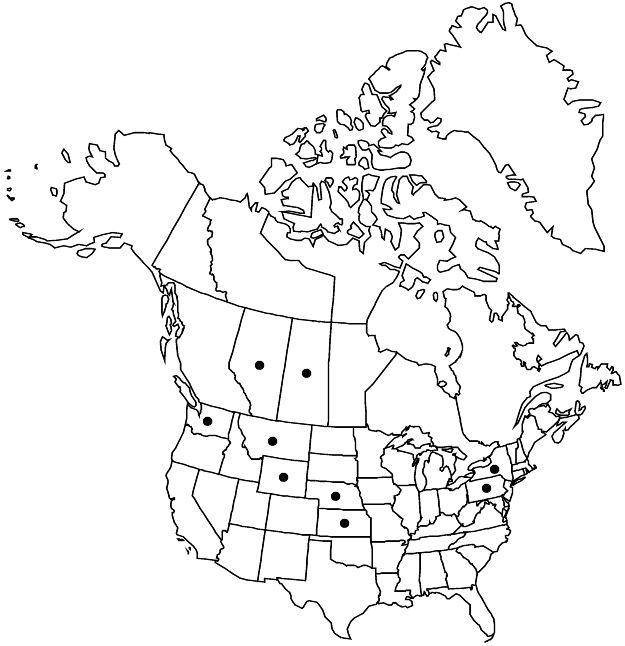Euphorbia agraria
Fl. Taur.-Caucas. 1: 375. 1808.
Herbs, perennial, with slender, spreading rootstock. Stems erect or ascending, unbranched or branched, 30–90 cm, glabrous. Leaves: petiole absent; blade oblong-elliptic, 20–65 × 9–20 mm, base truncate to auriculate, margins entire, apex obtuse to rounded, surfaces glabrous; venation conspicuously pinnate, midvein prominent. Cyathial arrangement: terminal pleiochasial branches 8–15, 1–2 times 2-branched; pleiochasial bracts similar in shape but shorter and narrower than distal leaves; dichasial bracts distinct, rhombic to reniform, base obtuse, margins entire, apex obtuse, mucronate; axillary cymose branches 12–23. Cyathia: peduncle 0–2 mm. Involucre campanulate, 2.2–3 × 1.8–2 mm, glabrous; glands 4, crescent-shaped; 0.6–1 × 1–2 mm; horns slightly divergent to convergent, 0.1–0.2 mm. Staminate flowers 15–20. Pistillate flowers: ovary glabrous; styles 1.2–2 mm, 2-fid. Capsules globose, 2–2.8 × 2.2–2.7 mm, 3-lobed; cocci rounded, smooth except finely granulate toward abaxial line, glabrous; columella 2.1–2.7 mm. Seeds gray or whitish, ovoid-oblong, 2–2.1 × 1.2–1.3 mm, smooth; caruncle ± rounded and flattened, 0.8 × 0.6 mm.
Phenology: Flowering and fruiting spring–summer.
Habitat: Grasslands, roadside banks, pastures.
Elevation: 200–1600 m.
Distribution

Introduced; Alta., Sask., Kans., Mont., Nebr., N.Y., Pa., Wash., Wyo., Europe.
Discussion
Selected References
None.